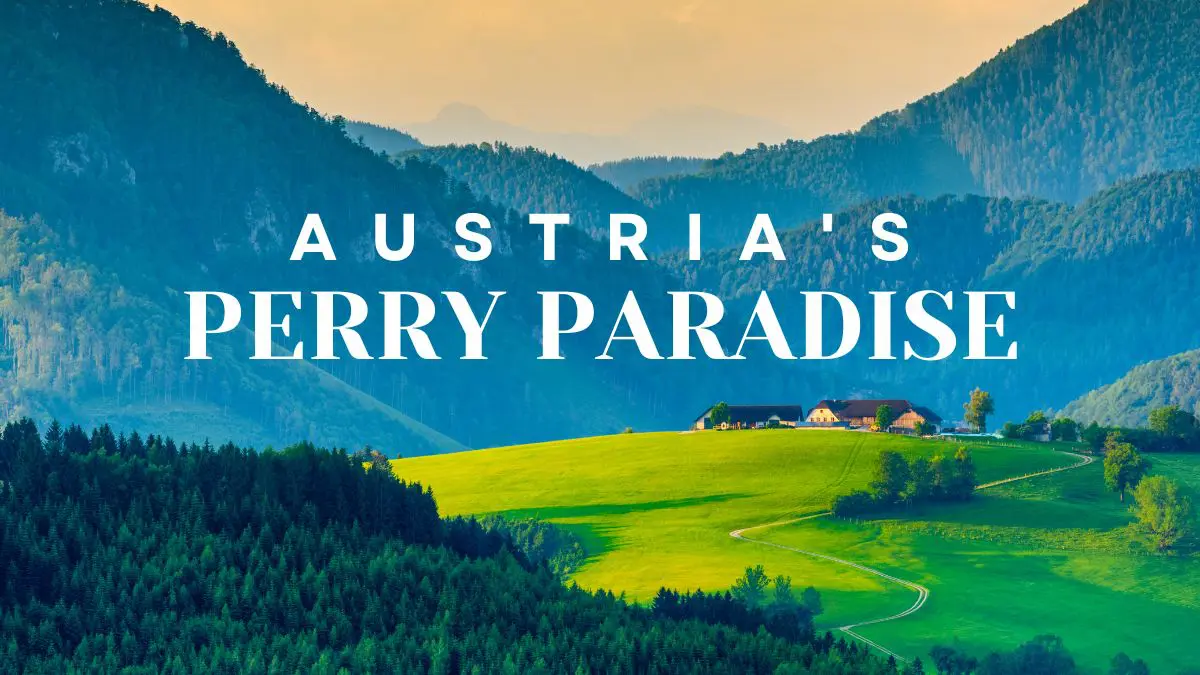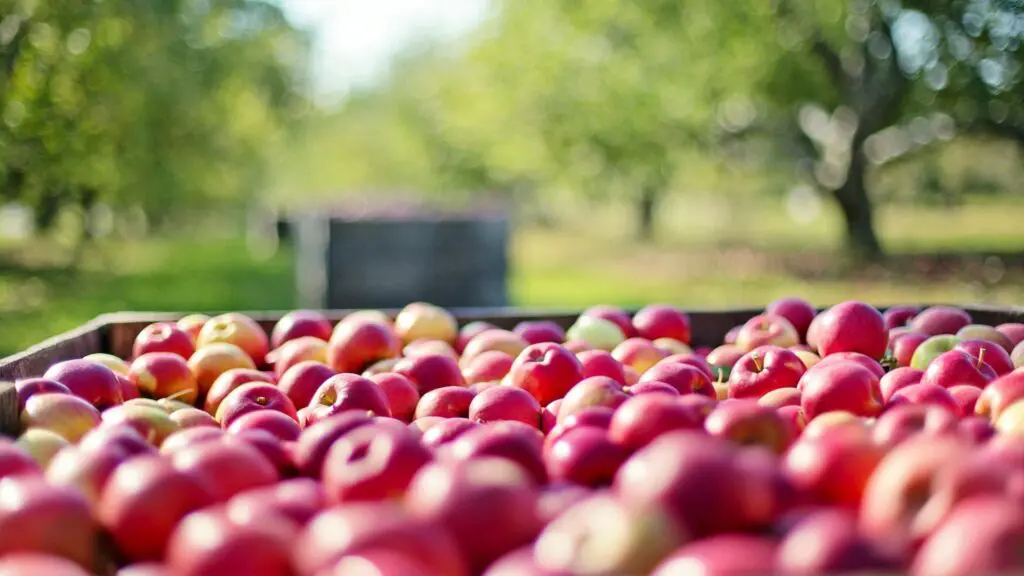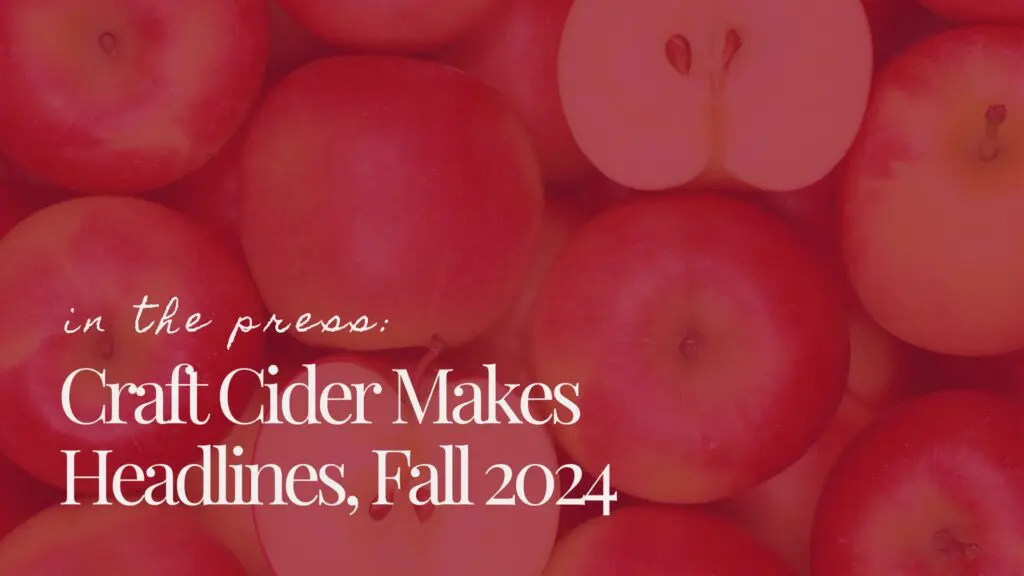Traveling by train is one of the pleasures of Europe. Many countries are well served by rail both within and across their borders with stops in cities large and small. The routes are often quite scenic, and it is certainly easier to appreciate the view when you don’t have to keep your eye on the road. One such route runs west from Vienna to the smallish Lower Austrian town of Amstetten. As you pull out of the city, high-rise apartment buildings gradually give way to softly rolling hills blanketed with velvety grass. The towering gray rain clouds only make the green more vibrant, almost shocking in its intensity, broken up only by dots of grazing cattle. Soon, when traveling in the heart of spring, the endless green is punctuated by lines of fleecy white, as though a group of clouds had drifted to the ground in formation. This is the signal that you have arrived in the Mostviertel, the heart of Austria’s cider and perry country.
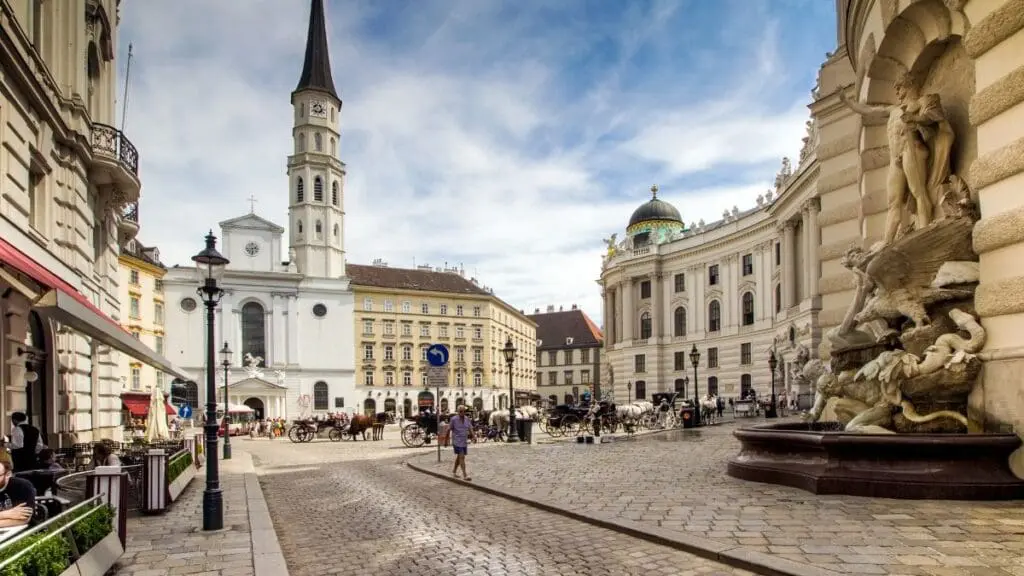
The focused planting of fruit trees in Austria goes back to the mid-1600s. The Thirty Years’ War had been bloody and destructive. Whole swaths of the countryside of what was then the Holy Roman Empire had been devastated and the threat of famine all too real. Authorities throughout the region sought to restart local economies and stave off mass starvation by passing laws requiring all newlyweds to plant or graft a certain number of fruit trees, laws that stayed on the books until the end of the 18th century. Hapsburg ruler Maria Theresa (1717-1780) gave fruit tree planting another boost in 1752 when she ordered trees planted along all new imperial roads, a practice that expanded and continued after her death. Some of the Mostvirtel’s oldest pear trees come from this time, marking pathways and rail lines even long after the roads and lines themselves have disappeared.
Where there is an abundance of fruit, someone will figure out how to ferment the juice. In the case of the Mostvirtel, the signature product became perry, or birnemost, and over time hundreds of unique pear varieties such as Grüne Pichlbirn and Speckbirn were developed and grown specifically for perry-making. Austrian perries aren’t much like most of their cousins in England and France as they are more obviously white wine-like. Exports are few, so the best place to explore them is with a trip along the Moststraße, the 200 kilometer road that winds its way through the Mostviertel, one of the largest contiguous fruit-growing areas of Europe. It is easily bikeable, with a number of tour operators available to deal with logistics. Nothing is lovelier than an easy ride through the countryside, crossing lazy rivers and skirting fields of grain on your way to sample some of the region’s fine perries.
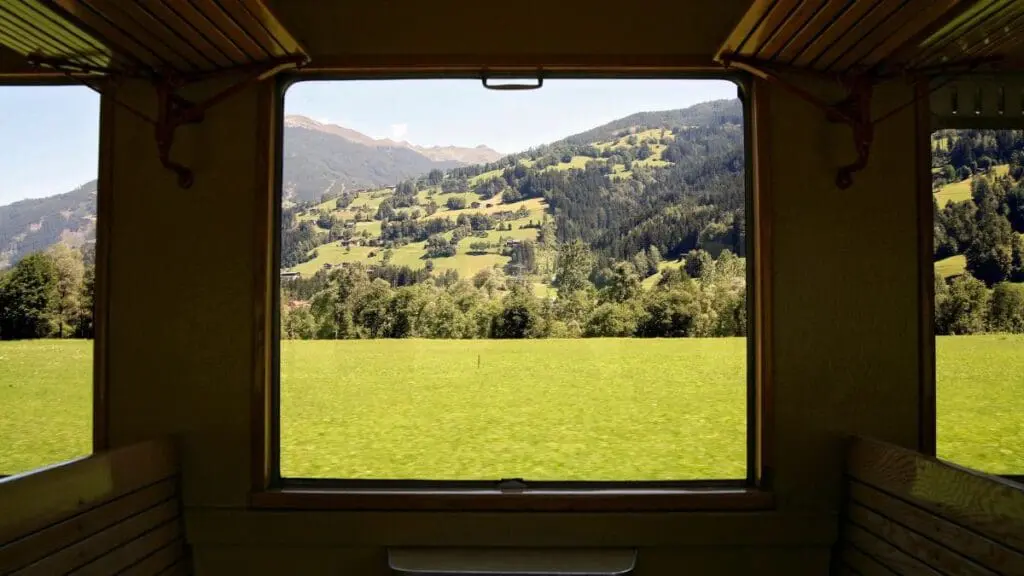
A great place to start your perry adventure is the MostBirnHaus, a museum suitable for all ages that walks the visitor through the region’s history, how perry is made, and fun facts about perry pears. The MostBirnHaus offers tastings and bottles to-go from many of the local producers, as well as other local products and handicrafts. Be on the lookout for perries made by Peter and Bernadette Haselberger. Perry, and cider, had been made for home consumption on the family pig farm for several generations, but this young couple has jumped into commercial production with a line of elegant, complex, dry perries, including a single tree cuvée from a 300-year-old Speckbirn tree on their property. They are not to be missed.
To really get the full perry experience, visit a Moststraße Heurige. These are small tavern-like restaurants often owned and operated by perry producers such as Toni Distelberger, whose daughter is the chef at the family-run Genussbauernhor Distelberger just outside of Amstetten. Menus center around traditional dishes like perry-braised pork loin and knödel (braised potato dumplings), perfect pairings with the bright and delicate perries. Distelberger is not only a well regarded producer, but current head of the Mostbarons, a group of perry producers, distillers, hoteliers and restaurateurs who have banded together to promote the region’s traditions and culture, and especially its perry. Identifiable by their black felt hats sporting a white downy eagle feather, the 20 Mostbarons gather annually to create three cuvées from their local fruit: Brous, Preh and Exibatur. Each has its own distinct character ranging from the light and fruity Brous to the deeply powerful Exibatur.
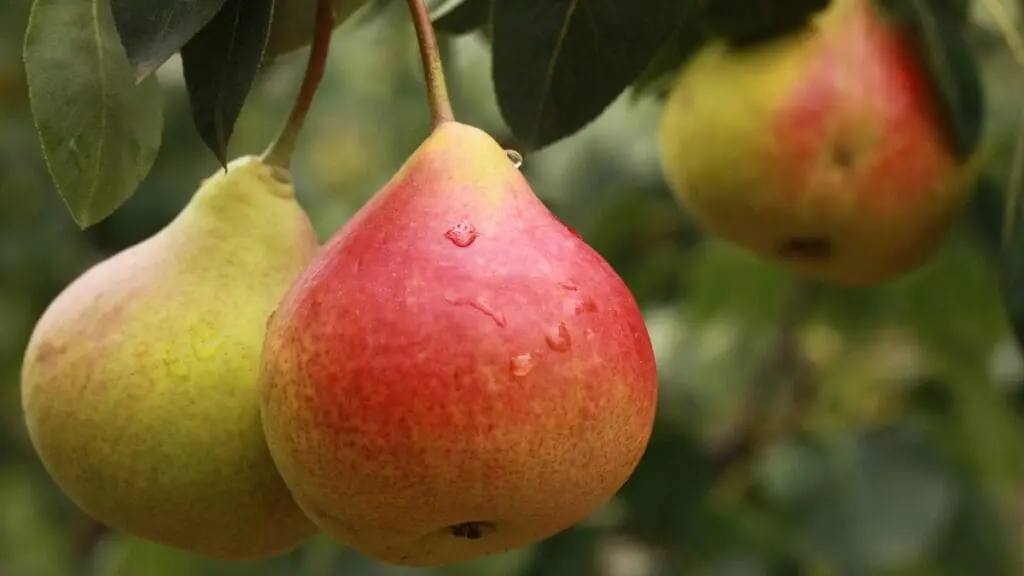
If you are looking for more of a fine dining experience, consider Relax Resort Kothmüle in Neuhofen an der Ybbs. Nestled in the hills about 20 minutes from Amstetten, this four-star hotel is steeped in all things pear, from art to the furnishings to the many perries and perry distillates on order in the bar and gourmet restaurant. With two swimming pools, a spa and wellness center, and lovely hikable grounds you may never want to leave. Resist that urge, though, and venture into the welcoming arms of the Mostviertel. You will be amply rewarded.

